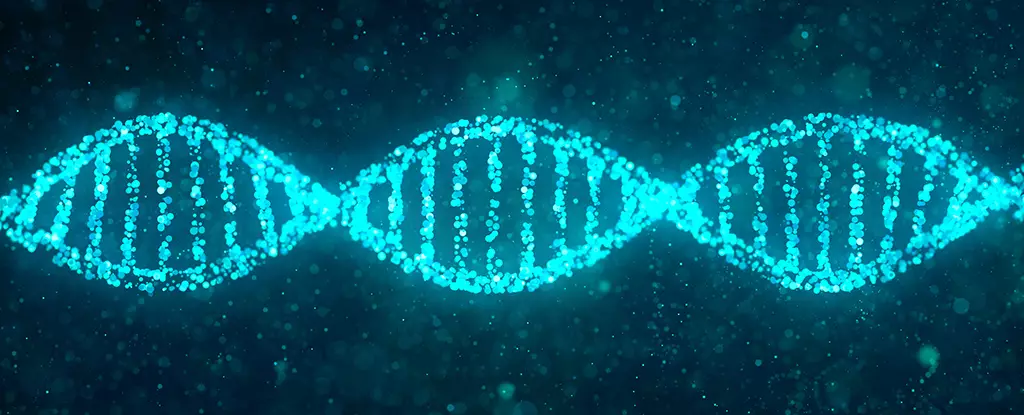Cancer research has long been dominated by the examination of genetic mutations and their direct impacts on cellular behavior. Traditionally, the spotlight has been on identifying alterations in DNA sequences that lead to tumor formation, focusing on a relatively well-defined pool of oncogenes. Recent studies reveal, however, that the complexity of cancer goes far beyond mere mutations. Researchers have now identified an intricate mechanism involving the splicing of RNA, which can also play a pivotal role in cancer development. A study from the Barcelona Institute of Science and Technology (BIST) unveils this phenomenon, showing a potential wealth of new targets for therapeutic interventions.
To understand how splicing contributes to cancer, one must grasp the basics of genetic information processing. DNA serves as the blueprint for proteins, but not all segments of this genetic code are meant for translation into protein. Within each gene lies a structure that includes exons (the coding regions) and introns (the non-coding regions). When genes are transcribed, introns are typically excised through a process called splicing, leaving the exons to form mature mRNA, which is then translated into proteins. Cancer cells can disrupt this splicing mechanism, leading to the production of atypical proteins that can foster tumor growth.
The research conducted at BIST utilized sophisticated algorithms to analyze splicing events across the genome, targeting the vulnerabilities that may arise in this process. This innovative approach allowed researchers to identify 813 genes associated with cancer promotion via splicing abnormalities—far surpassing the previously recognized 626 genes known primarily for their mutation-related risks.
Central to this groundbreaking research is a novel algorithm named Spotter, which sifts through vast amounts of genomic data to detect specific exonic splicing events linked to cancerous growth. This tool does not merely identify splicing errors; it also assesses their relative significance in various cancer types, thus prioritizing which changes warrant closer investigation or targeted intervention.
The findings indicate that by concentrating on exons rather than solely on mutations, researchers can gain insight into a broader array of potential oncogenic mechanisms. Miquel Anglada-Girotto, a biologist with BIST, noted that considering non-mutational processes such as splicing could effectively double the number of viable gene targets for cancer therapies, thereby expanding the arsenal of strategies available to combat this disease.
One of the most compelling aspects of this research is its implications for personalized medicine. By understanding how splicing variations can influence treatment responses, clinicians could tailor therapies based on the specific genetic and splicing profiles of individual patients. The potential to predict responses to drugs based on specific exonic alterations could revolutionize the way cancer is treated, moving from a one-size-fits-all approach to more precision-driven methodologies.
The integration of this splicing-focused analysis with existing drug databases could yield predictive models for treatment outcomes, thereby enhancing therapeutic efficacy. This avenue not only promises to optimize patient experiences but also to streamline research and development processes for new drugs.
Despite the promise revealed by this research, significant challenges remain. The field of cancer genomics is complex, and while the correlation between splicing and cancer growth is now better understood, more in-depth studies are essential to elucidate the underlying mechanisms at play. The transition from theoretical implications to practical applications in clinical settings will necessitate extensive validation studies and potential integration with existing treatment protocols.
The exploration into the role of splicing in cancer development marks an exciting frontier in oncological research. It underscores the multifaceted nature of cancer biology and highlights the importance of broadening our focus to include non-mutational pathways. By embracing this comprehensive approach, researchers like those at BIST are paving the way for innovative strategies in cancer treatment. As we deepen our understanding of these complex interactions, the hope for more effective, personalized cancer therapies becomes a tangible reality. The journey is long, but the prospects are undoubtedly bright, beckoning us to further investigate this vital area of science.


Leave a Reply